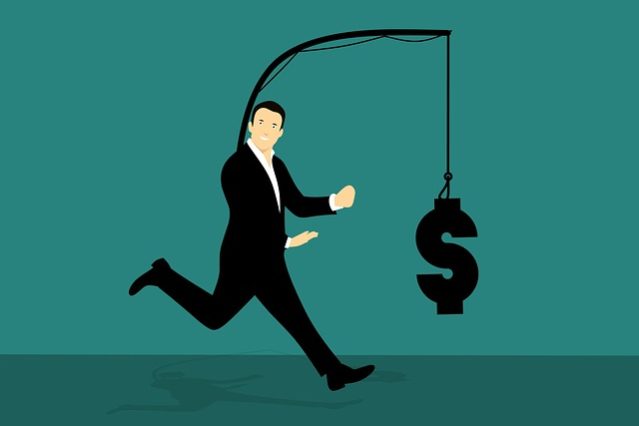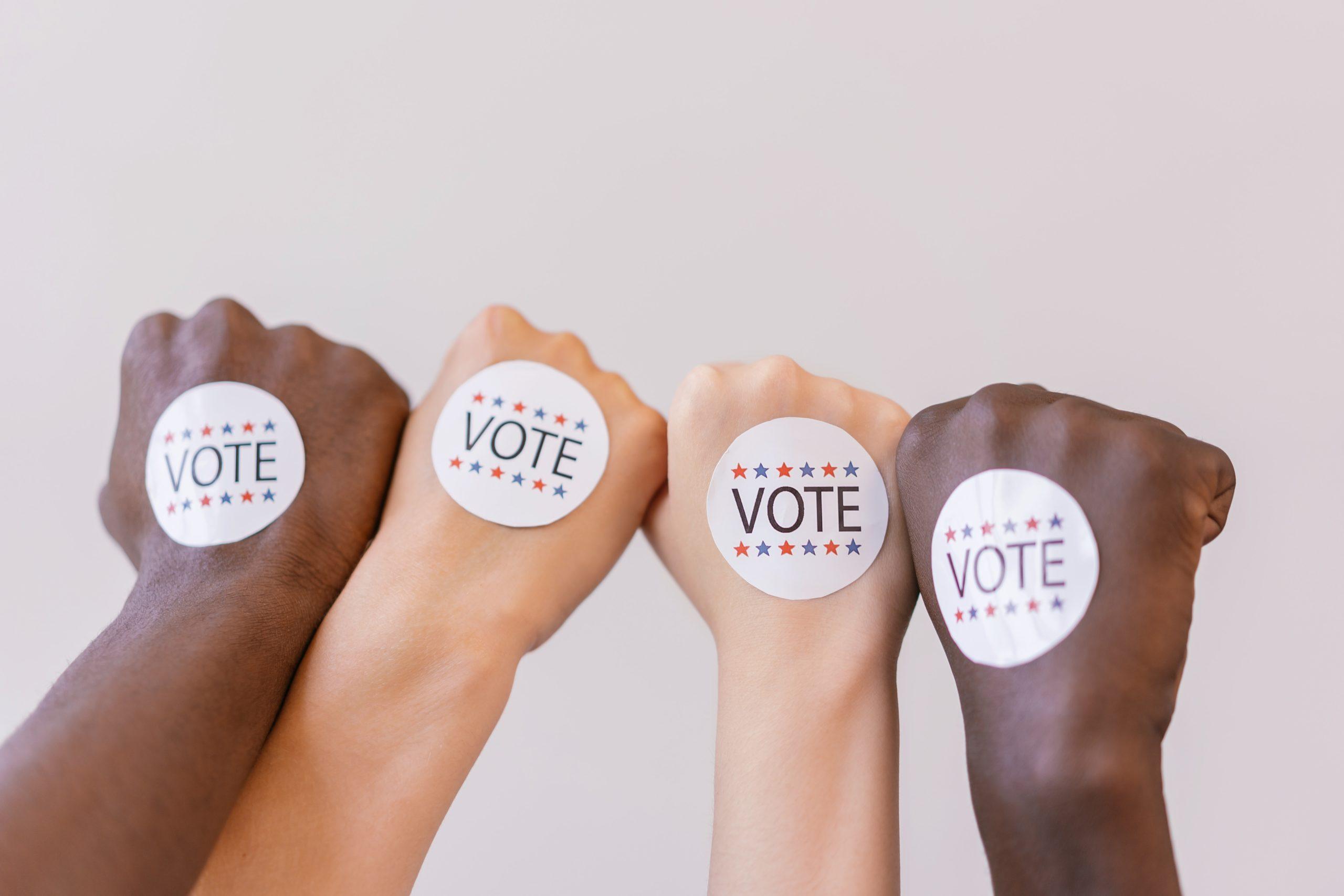Giving Tuesday: Don’t Take the Money and Run

The absolute worst thing you can do the day after Giving Tuesday is nothing.
As tempting as it is to let out a sigh of relief that it’s over, resist that temptation.
It’s not time to relax yet.
Nothing comes of nothing.
And a huge part of your goal with Giving Tuesday should be to strengthen your bonds with donors.
That’s the real something you’re after.
It’s not just about the money you raise today.
Your goal with any fundraising strategy is to retain and, ultimately, upgrade these transactional donors. The name of the game in the business of sustainable fundraising is lifetime donor value. [Here’s a great book on the topic: Building Donor Loyalty: The Fundraiser’s Guide to Increasing Lifetime Value.]
Run towards, not away.
Treat Giving Tuesday as a Special Event
Like it or not, Giving Tuesday is a ‘special event.’ With all the pre-planning and post event strategies events embrace. And I don’t really like it, which is why I recommend #GratitudeTuesday as an alternative.If you’re on board with a traditional #GT strategy however, you’ll likely put a fair amount of planning, resources and time into this event. This involves the attention of more than one staffer and/or volunteer. And it sucks time away from almost everything else in the week(s) leading up to it.
It can be a real drain.
Your job is to put a stopper in that drain so all your hard work doesn’t simply swirl down the drain and disappear. Would you work super hard to create a delicious soup you simmer over the stove for hours, maybe even days, and then take one little taste before you pour it out and start all over again with a new one? Endless work. And no one really gets to enjoy the meal.
Details


 In 2018, WSJ columnist Christopher Mims observed:
In 2018, WSJ columnist Christopher Mims observed: